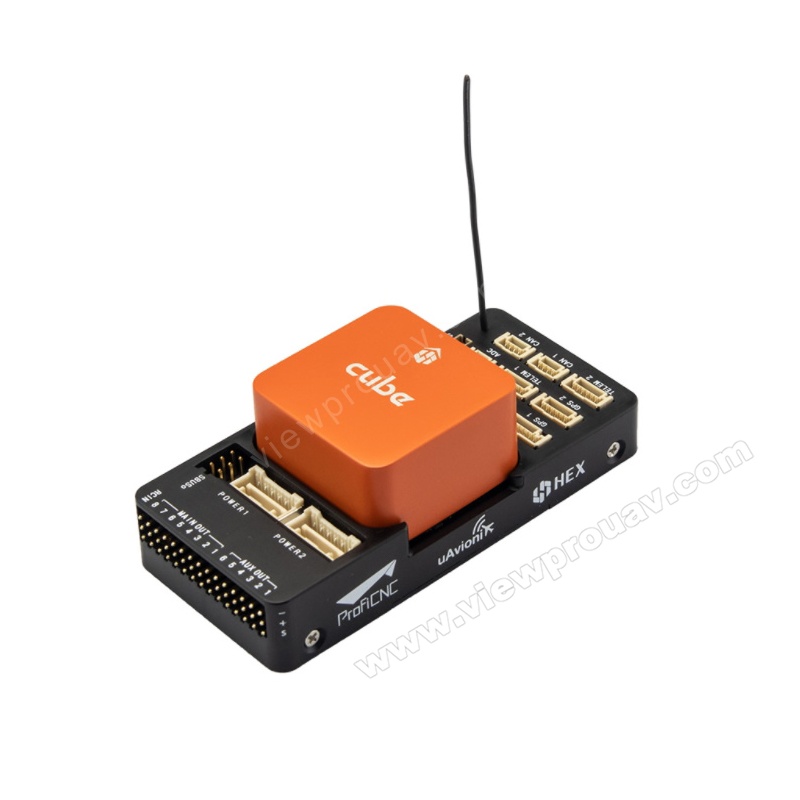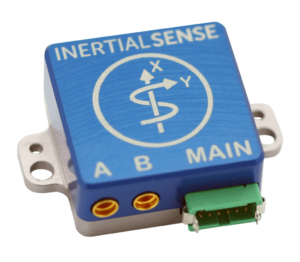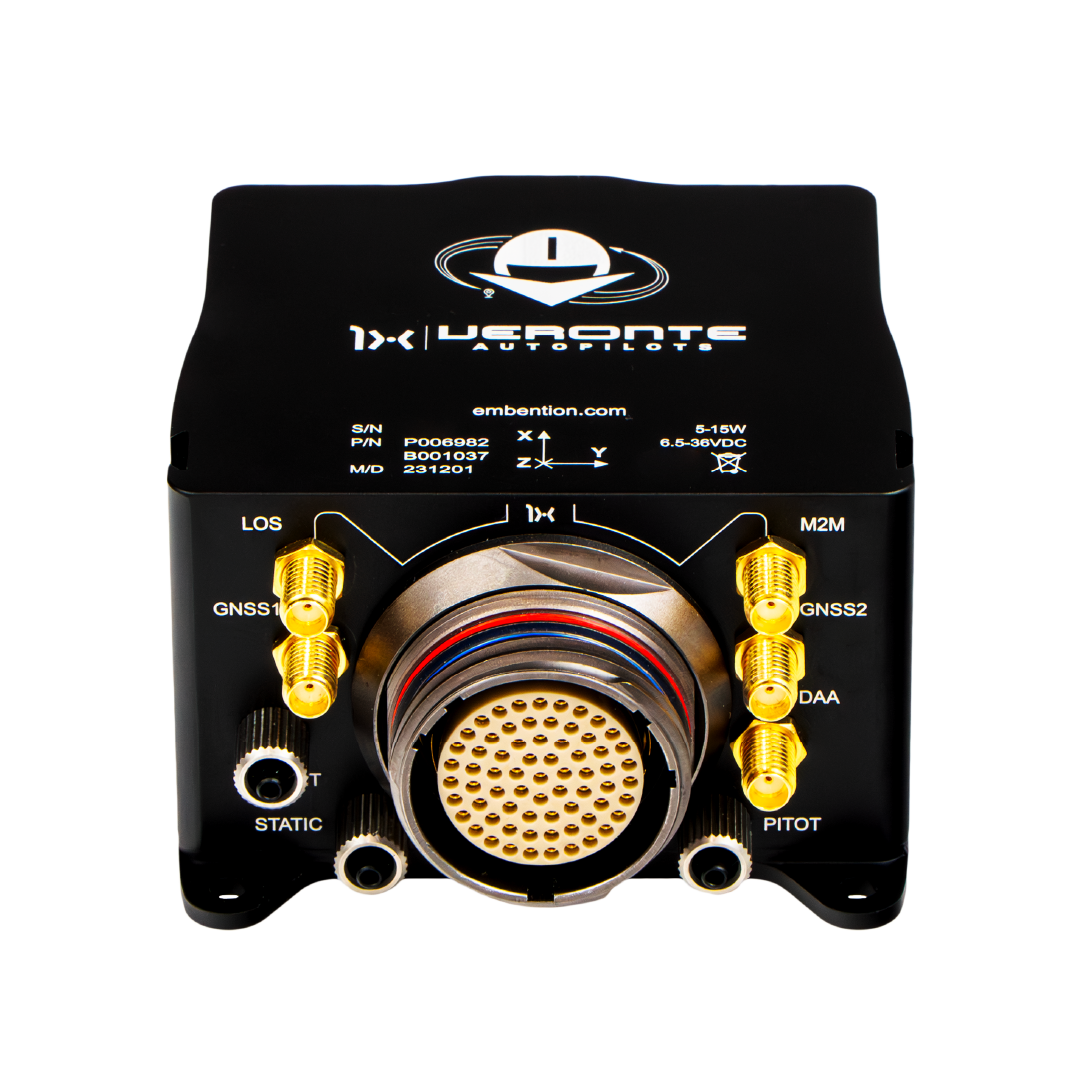Unequaled Accuracy: SparkNavi Drone Flight Controller and GNSS/INS Made in Taiwan
Unequaled Accuracy: SparkNavi Drone Flight Controller and GNSS/INS Made in Taiwan
Blog Article
Checking Out the Function of Drone Trip Controllers in Enhancing Trip Stability and Navigating Effectiveness
The improvement of drone modern technology has actually significantly boosted the value of trip controllers, which serve as the mind of these aerial automobiles. By integrating real-time data from an array of sensors, trip controllers enhance flight security and navigating efficiency, making sure that drones can run smoothly even in intricate settings.

Understanding Flight Controllers
Flight controllers are important elements in the performance of drones, functioning as the brains that maintain and handle flight procedures. These innovative tools process information from different sensors, including accelerometers, gyroscopes, and GPS, to make certain that the drone maintains its intended trip path. The flight controller analyzes this data and performs commands based upon pre-defined formulas, allowing the drone to reply to ecological modifications, such as wind or challenges.
The primary function of a flight controller is to preserve stability throughout trip. It attains this by making real-time modifications to the drone's electric motors and control surface areas, making sure equilibrium and control. Additionally, modern trip controllers include innovative features such as waypoint navigation, permitting automated trip paths and boosted functional effectiveness.
Recognizing the style of trip controllers is critical for both specialists and hobbyists. As innovation breakthroughs, flight controllers have actually ended up being extra qualified and small, integrating man-made knowledge to improve decision-making processes and adjust to intricate flight scenarios.
Trick Parts of Flight Security
Achieving ideal flight security in drones depends on numerous vital elements that function in concert to ensure smooth and regulated operations. Central to this security is the trip controller itself, which refines data from numerous sensing units to preserve the wanted flight mindset. This consists of accelerometers and gyroscopes that measure motion and orientation, enabling real-time changes to the drone's position.
One more crucial component is the electronic speed controllers (ESCs), which manage the power delivered to the electric motors. By carefully adjusting electric motor speeds in response to flight controller commands, ESCs help preserve balance and neutralize disruptions triggered by wind or abrupt activities.
Additionally, the style of the drone's framework plays an essential role in flight security. A well-structured framework minimizes vibrations and improves the general wind resistant profile, adding to smoother trip attributes. The assimilation of sophisticated algorithms within the flight controller help in anticipating modifications, making certain a responsive and adaptable trip experience.
Together, these components develop a cohesive system that boosts a drone's stability, permitting specific handling and boosted performance in various flight conditions.
Navigating Effectiveness Strategies
Efficiency in navigating is important for maximizing drone procedures, especially in intricate settings. Efficient navigating methods improve the capability of drones to traverse tough surfaces and stay clear of challenges, therefore boosting operational effectiveness and safety and security.
One prominent technique is the application of sophisticated general practitioners and inertial measurement devices (IMUs) that give specific area monitoring and alignment information. These innovations allow drones to determine ideal trip courses in real-time, considering various aspects such as wind problems and prospective obstacles.
An additional strategy involves making use of algorithms for path planning and optimization. Algorithms such as A * and Dijkstra's algorithm can be released to determine the most effective course while decreasing power usage and trip time. Integrating machine learning models can allow drones to adaptively learn from their environments, boosting navigation capabilities through experience.

Influence On Autonomous Drones
The assimilation of innovative navigating methods has actually profoundly changed the abilities of independent drones, enabling them to run with greater freedom and click this accuracy. SparkNavi drone flight controller and GNSS/INS made in taiwan. These enhancements are primarily attributed to advanced trip controllers that use real-time information handling and sensing unit fusion, allowing drones to browse complicated atmospheres effortlessly
The influence on autonomous drones prolongs beyond mere navigating; it encompasses improved challenge evasion, enhanced stability during vibrant problems, and boosted goal dependability. By leveraging algorithms that incorporate artificial intelligence and synthetic knowledge, drones can adapt to altering situations, making notified choices that optimize their trip courses while lessening threats.
Furthermore, the implementation of durable flight controllers has actually promoted the implementation of intricate jobs, such as airborne assessments, delivery solutions, and farming surveillance, with very little human treatment. This capacity not only improves procedures yet also reduces human mistake, therefore improving overall safety.
Consequently, the functional extent of self-governing drones has you could look here increased substantially, making them important tools in various markets. Their capability to do effectively in varied scenarios emphasizes the critical duty that advanced trip controllers play fit the future of unmanned airborne systems.
Future Patterns in Flight Control
Often, advancements in trip control technology are poised to redefine the landscape of drone procedures in the coming years. Emerging patterns show a significant change in the direction of boosted expert system (AI) integration, allowing flight controllers to process real-time information extra effectively. This evolution will certainly facilitate improved decision-making capabilities, allowing drones to adjust to vibrant environmental conditions autonomously.
Furthermore, the execution of device understanding algorithms is expected to enhance anticipating upkeep, therefore minimizing downtime and prolonging the lifecycle of drone parts. This positive strategy to maintenance will be crucial as drone applications increase across various industries, from agriculture to logistics.

.jpg)
Last but not least, improvements in secure communication protocols will certainly deal with safety and security and regulative problems, making sure that drones can run perfectly in busy airspaces (SparkNavi drone flight controller and GNSS/INS made in taiwan). Jointly, these fads direct towards a future where trip control systems are not only smarter and extra additionally capable however reliable of operating securely in a significantly integrated airspace
Verdict
To conclude, drone trip controllers are indispensable to enhancing flight stability and navigating effectiveness with the sophisticated handling of sensing unit data. By keeping optimum trip mindsets and utilizing innovative algorithms for course optimization and obstacle evasion, these controllers considerably add to the autonomy and functional safety and security of drones. As technology proceeds to develop, further developments in flight control systems are anticipated, guaranteeing better performance and expanded capabilities in the realm of unmanned airborne vehicles.
By incorporating real-time data from a range of sensors, trip controllers enhance trip security and navigation effectiveness, guaranteeing that drones can operate smoothly also in intricate atmospheres.Flight controllers are indispensable elements in the performance great site of drones, serving as the brains that support and manage flight operations. Furthermore, modern-day trip controllers incorporate advanced attributes such as waypoint navigation, permitting for automated flight paths and boosted functional performance.
Central to this stability is the trip controller itself, which refines data from numerous sensing units to keep the wanted trip mindset.In verdict, drone flight controllers are indispensable to improving flight stability and navigation performance with the sophisticated processing of sensing unit information.
Report this page